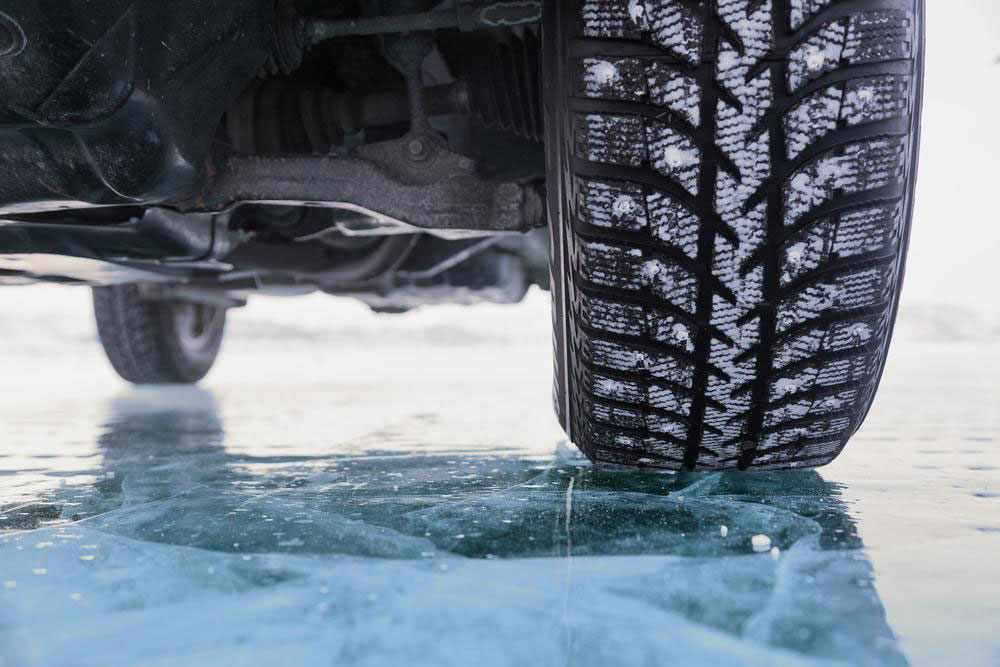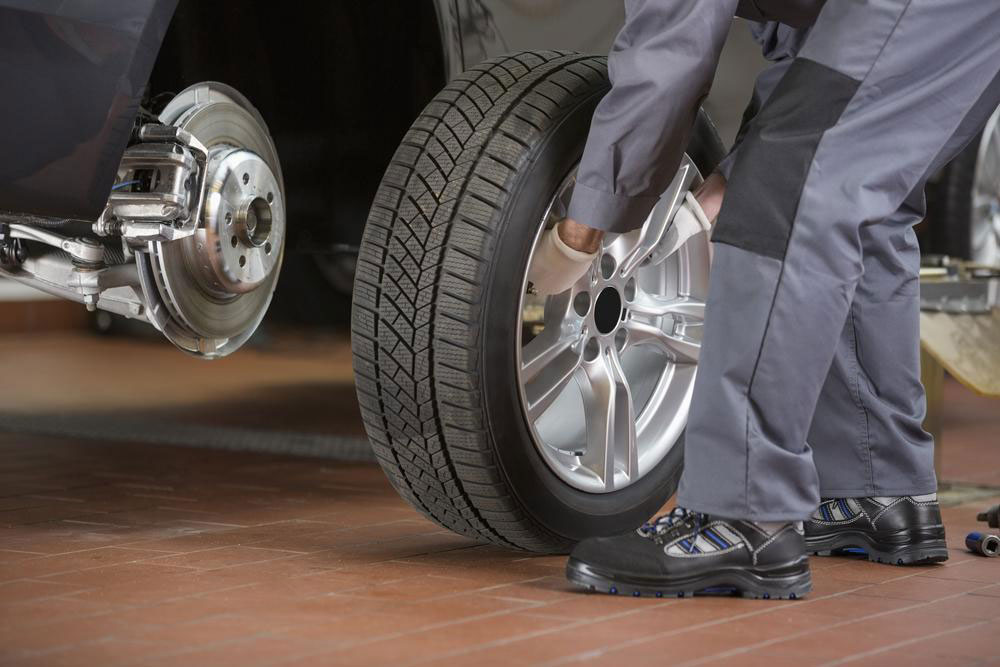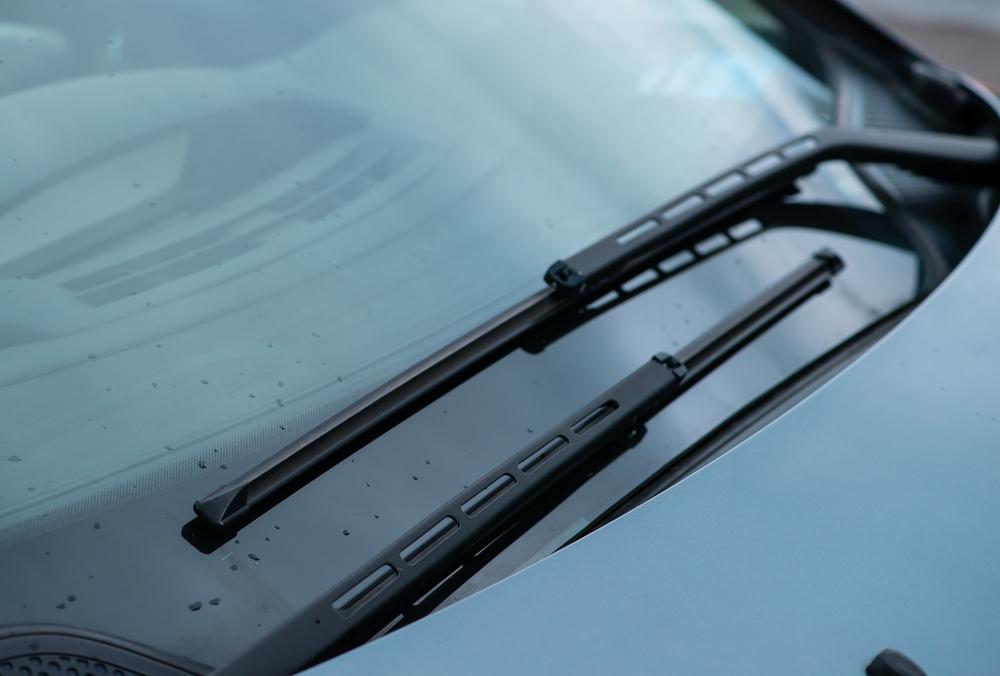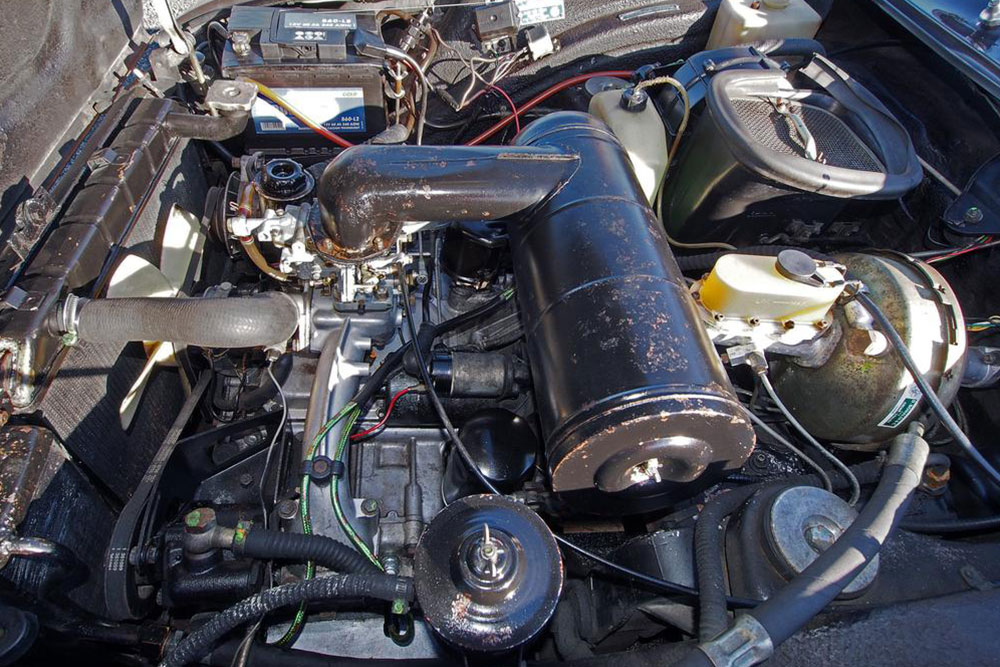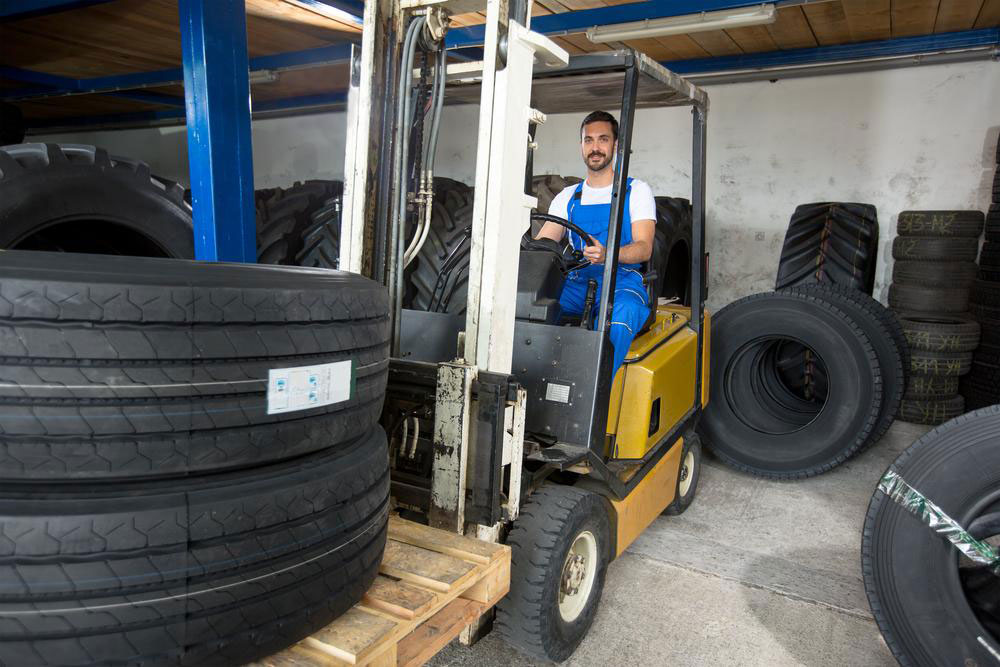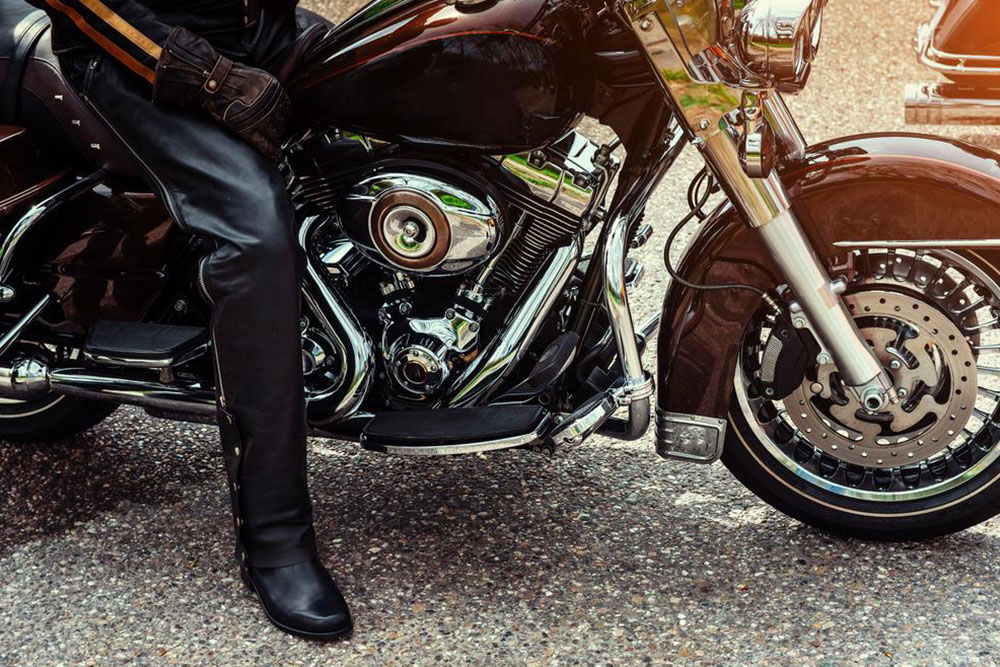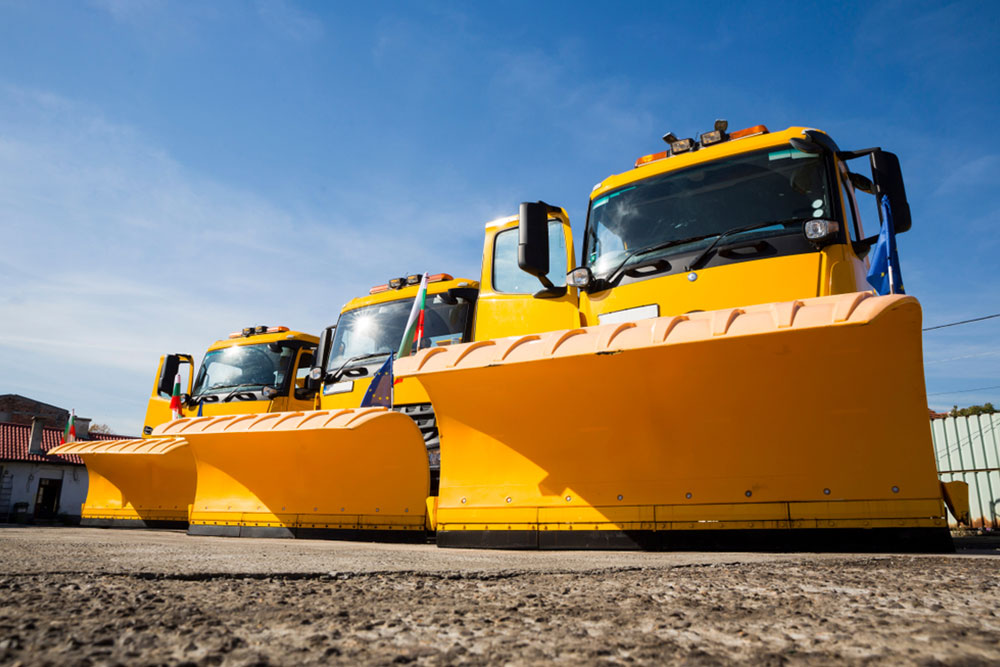Advantages of Choosing Winter Tires for Cold Seasons
Discover the key benefits of switching to winter tires, including better grip, enhanced safety, and superior performance in cold and snowy conditions. Learn why winter tires are essential for maintaining control and safety during harsh winters, with insights into material advantages and tread designs.

Advantages of Choosing Winter Tires for Cold Seasons
Modern tire technology now offers options suitable for diverse weather conditions, terrains, and driving environments. All-terrain tires can be used year-round to avoid continuously changing tires. Still, opting for winter tires during colder months is highly recommended. All-terrain tires often fall short in extreme winter conditions, especially in northern regions.
Here are five reasons to switch to winter tires.
Specialized Materials
Designed from rubber compounds that endure temperature extremes, winter tires maintain flexibility and grip in cold weather. Most standard tires harden and lose traction below seven degrees Celsius.
Losing traction can make vehicle control difficult at high speeds. Winter tires are crafted to offer better grip and flexibility amidst cold conditions, enhancing safety. They typically perform well down to minus 30 degrees Celsius.
Enhanced Braking Performance
Braking on icy, slippery surfaces can cause skidding and loss of control. During harsh winters, drivers often brake abruptly, increasing danger. Winter tires provide superior grip, allowing quicker vehicle recovery from skids compared to regular tires.
Superior Hydroplaning Resistance
Hydroplaning occurs when water gets between tires and road, reducing grip. Winter tires feature specially designed tread grooves that channel water away, improving traction on snow and wet surfaces.
Improved Traction
Snow’s light texture offers little traction unless tires have deep treads and wider grooves. High-speed slipping can be deadly. Winter tires with deep treads and interlocking patterns maximize grip, ensuring safe handling regardless of vehicle size.
Handling and Maneuverability
Narrower than regular tires, winter tires are designed to exert more pressure through their tread patterns, especially on snowy roads. This design allows vehicles to navigate snow-covered terrains more effectively.
Leading brands include Bridgestone, Nokian, Continental, Michelin, Pirelli, Gislaved, Toyo, Dunlop, Hercules, Goodyear, and Yokohama.


